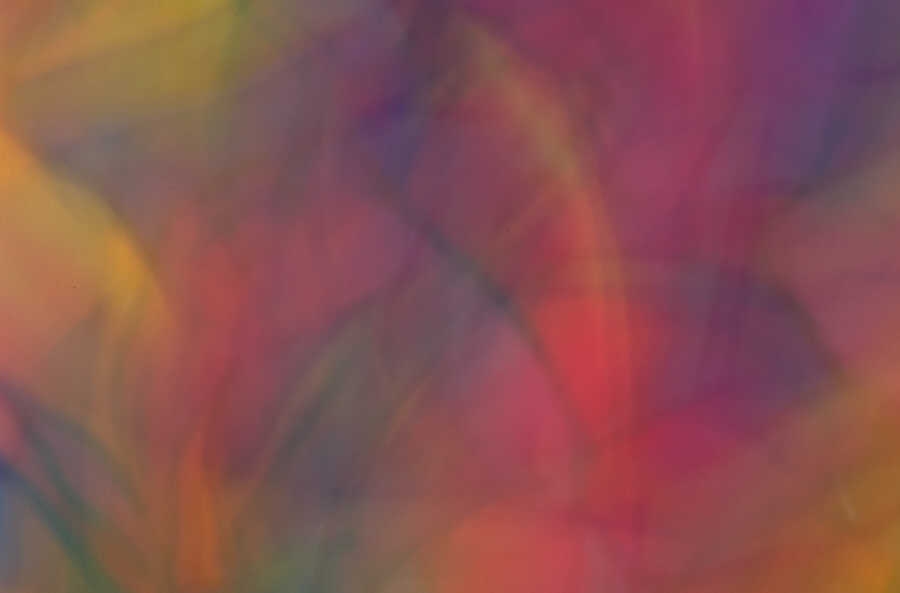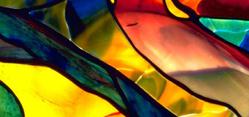ArtsNetworksBlog
African Tribal Series-The Senufo-Ivory Coast
by albert hudson on 06/20/17They Senufo are spread across the Ivory Coast, Mali and Burkina Faso
African Tribal Art
by albert hudson on 06/05/15
The Importance of African Masks
African Tribal Art has a significant and mystical history. A very important part of that history includes the traditional African masks. The African masks are an important part of African ceremonies, rituals, initiations, celebrations and secret communities. The use of African masks typically includes song, prayer, and dance. It is for this reason that the mask can be viewed as an obvious work of sculpture art, but because of this function, it is also considered a performance art form. African masks are mainly crafted from wood. They are often decorated with paints, cowrie shells, colored glass, nails, plant fibers, horns and metal pieces.
The actual carving of the African masks and figures is a very deliberated act, which begins with the artist ceremonially purifying himself, then offering a prayer to the ancestors and asking for proper guidance from the divine forces. The object will then be inhabited by the divine force. The spirit of the tree used to create it, will be sacrificed, cut down and left for a couple days, so that the spirit of the tree can leave to find a new home. After this period is over, the artist will take the tree home and begin to carve it into a mask or a figure. If the tree cracks during this time, it can not be used.
Many individuals around the world recognize African masks as fine pieces of artistry. They are in high demand from art collectors and from those who simply enjoy beautiful art. For the casual observer, these African masks and other tribal objects can be viewed in museums all over the world.
The use of African masks has always had, and continues to have, religious, ceremonial and functional origins. When the African people celebrated, during crops harvest season, when preparing for war or during initiations passages, the African tribal objects played a central role.
African mask are generally representative of some sort of spirit, and this is believed to possess the dancer as they wear the mask. This dancers is chosen either because they have been trained specifically for this purpose or because they have demonstrated abilities to extraordinarily communicate with the deceased ancestors.
Masking ceremonies involves the chosen dancer speaking and hearing from the ancestors. This happens as the dancer goes into a trance like state. The purpose is often to receive the guidance and wisdom from the ancestors or to tell a story or play out a message of the peoples history. The messages received, comes out of the dancer as utterances and moans. The translation is provided by a wise man, who accompanies the dancer and deciphers the grunts and utterances.
The African love of music, song and dance always plays a central theme in the ceremonies and rituals. These rituals and ceremonies may depict obviously the ancestors, but also the dead, the spirit of animals and other supernatural beings.
During initiation ceremonies, the African masks worn, depict an ancestor. The purpose would be to gain favor and to be received into the tribe as a vital member. N'tomo is the spirit of the boys. He helps the boys to learn and to keep the behavior that's needed to be a good member of the tribe.
African masks, ceremonies and rituals where once a very important and central part of African culture and life and it is in some villages still nowadays. As time has passed, modernization, colonization, heavy migration into the cities and out of the countryside and small villages have made these rituals and ceremonies rarer occurrances. However, African masks still live on through use, new artists, museums and art collectors. They remain symbols of a time past, a rich history, and the religious and the cultural holding of a people.
{Source): link zu:<http://www.african-tribal-art.net/wp-login.php?redirect_to=wp-admin/edit.php>) also: www. hudaamuseum.com
Fine Art Photography... List of Definitions (Part-2)
by albert hudson on 09/05/14
List of definitions
The following is a brief list of definitions of the related terms "art photo-
graphy", artistic photography", and "fine art photography:, as exem-
plified by definitions found in reference books, in scholarly articles,
and in the Internet.
* Fine art photography": A picture that is produced for sale or display
rather than one that is produced in response to a commercial com-
mission".
* "Fine art photography": "The production of images to fulfill the creative
vision of a photographer... Synonymous with art photography".
In reference books:
Among the definitions that can be found in reference books are:
* "Art photography": "Photography that is done as a fine art--that is,
done to express the artist's perception and emotions and to share them
with others".
Fine-Art Photography (Part-1)
by albert hudson on 09/05/14
Fine art photography is photography created in accordance with the
vision of the artist as photographer. Fine art photography stands in
contrast to representational photography, such as photojournalism,
which provides a documentary visual account of specific subjects
and events, literally representing objective reality rather that the
subjective intent of the photographer; and commercial photo-
graphy, the primary focus of which is to advertise products or
services.






